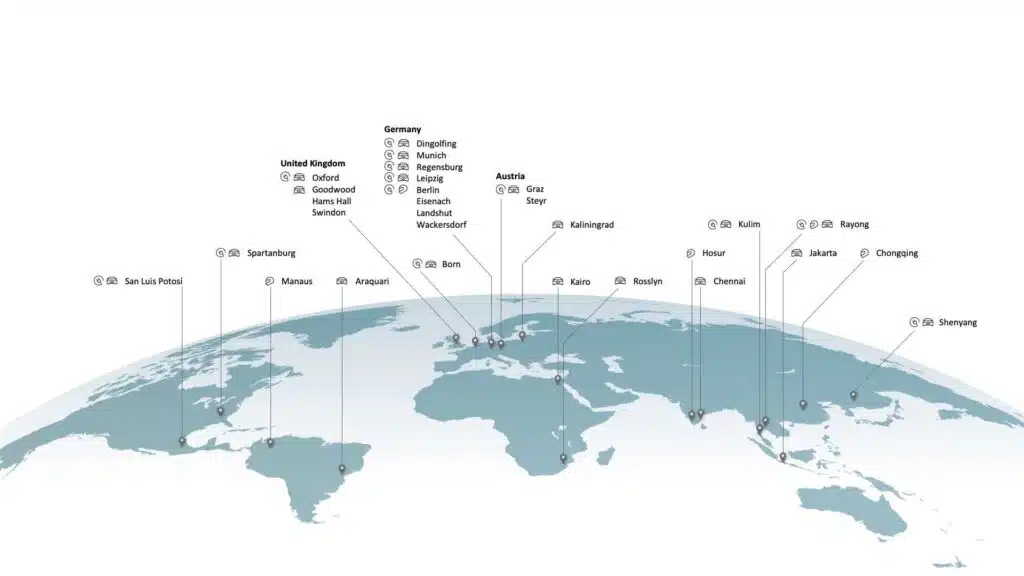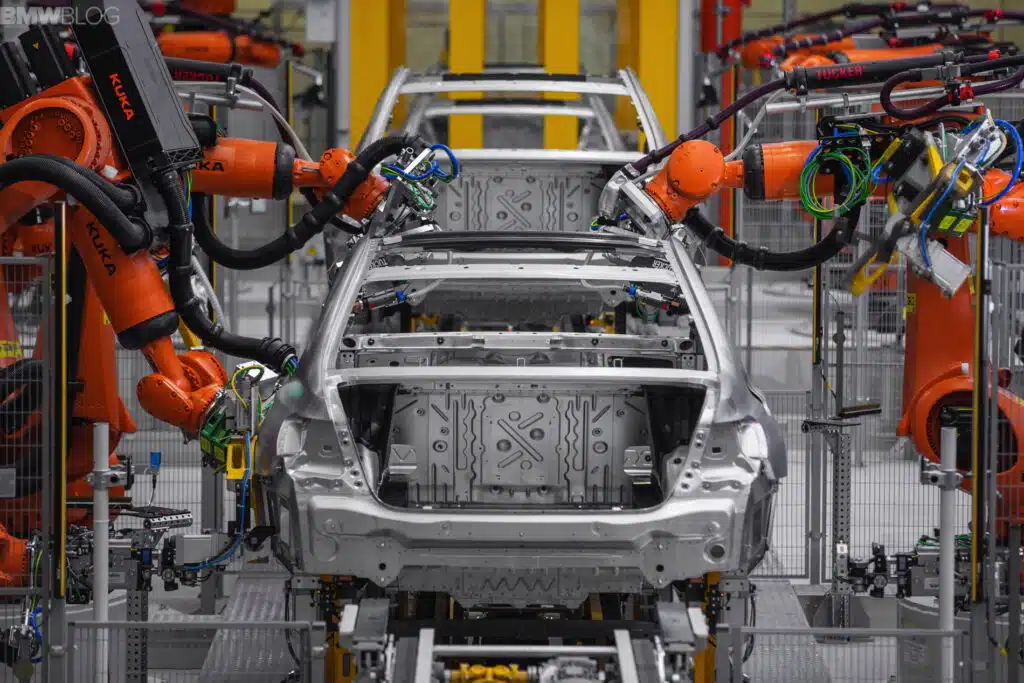Inside the BMW factory: From plants in its German homeland to global production
- BMW is one of the world’s most beloved and well-respected car brands
- The Bavarian marque is also one of the planet’s largest car producers
- It has factories producing autos in eight countries across the globe
Published by Keelin McNamara
Edited by Emma Matthews
By now, most of you know BMW as one of the world’s premier car manufacturers.
The Bavarian brand is known the world over for its quality, performance, and longevity.
One thing that you might not know is how exactly the cars themselves are made.
Well, wonder no more – because today, we’re here to explain it all for you.
DISCOVER SBX CARS: The global premium car auction platform powered by Supercar Blondie
BMWs Bavarian origin story
Before we get into the how of BMW’s car building, it’s important to understand the who and the why.
Bayerische Moteren Werke AG – rolls right off the tongue, doesn’t it? – is the brand’s full name.
The Bavarian marque was formally founded in 1916, as an aircraft engine company.
Following the end of the First World War, BMW actually made motorcycles, and released its first bike – the R 32 – in 1923.
The brand’s first car was called the 3/15, released in 1927, and it was built under license as an Austin 7.
Following a…less than squeaky clean involvement in World War II, BMW returned to car building in 1952.

A large investment by the Quandt brothers in 1959 saved the company from bankruptcy.
In fact, the Bavarian marque was close to being taken over by rivals Daimler-Benz prior to the investment.
The 1960s saw BMW become a respected brand in the realm of sports-focused cars.
In 1972, it introduced the 5 Series, a luxury sedan that would change the company’s fortunes forever.
Three years later, the Bavarians would release the 3 Series, further propelling the firm to staggering success.
And BMW hasn’t looked back ever since, becoming one of the world’s foremost car – and motorcycle – brands.
So, where does BMW produce its cars?
Because BMW is now such a global brand, the answer really depends on the particular model.
To give you context – the marque has major factories and plants in eight countries around the world.
Four of its factories remain in Germany, as does its headquarters – in Munich.
However, there are massive facilities in China, Indonesia, the UK, Brazil, Mexico, and the United States.
For example, the 2 Series Coupe is exclusively built in San Luis Potosi, Mexico.

In contrast, the 4 Series is manufactured in Germany.
If SUVs take your fancy, then most of those are made at Spartanburg, South Carolina.
At the moment, all of BMWs i range EVs are produced in Munich, Germany.
So when you ask the question of where BMWs are made, you really are asking a global question.
How does the Bavarian brand make its cars?
As you might imagine, this process is a pretty large and complex operation.
That being said, it is still a very interesting one – so this is how it works.
First, we start in the stamping plant, where rolls of aluminum and steel are cut and pressed.
These rolls of material will be turned into body parts such as doors, side frames, and the hood.
Next, it’s off to the body shop, where these parts will get welded together to create the car’s body.
Then, it heads to the paint department, where the soon-to-be-car gets its color.
Following a touch of paint, it’s onto assembly, where the engine, transmission, and other parts are placed into the body.

A chassis is no good without the interior, so seats, displays, and dashboards get added in next.
Now that we have a semblance of a car, the product undergoes extensive quality control and checks.
Assuming there are no red flags, the completed vehicle undergoes testing to make sure it meets standards.
If all that is successfully completed, then you finally have a brand-new vehicle ready to be prepared.
And there you have it – that is how – and also where – BMW makes its chart-topping cars.
Keelin McNamara is a content writer at Supercar Blondie from Ireland, covering cars, technology, and lifestyle. Despite being a Law graduate, he discovered his passion for journalism during the COVID-19 pandemic, and has worked in the industry ever since. Outside of work, he is an avid MotoGP fan, and is a self-confessed addict of the sport.




